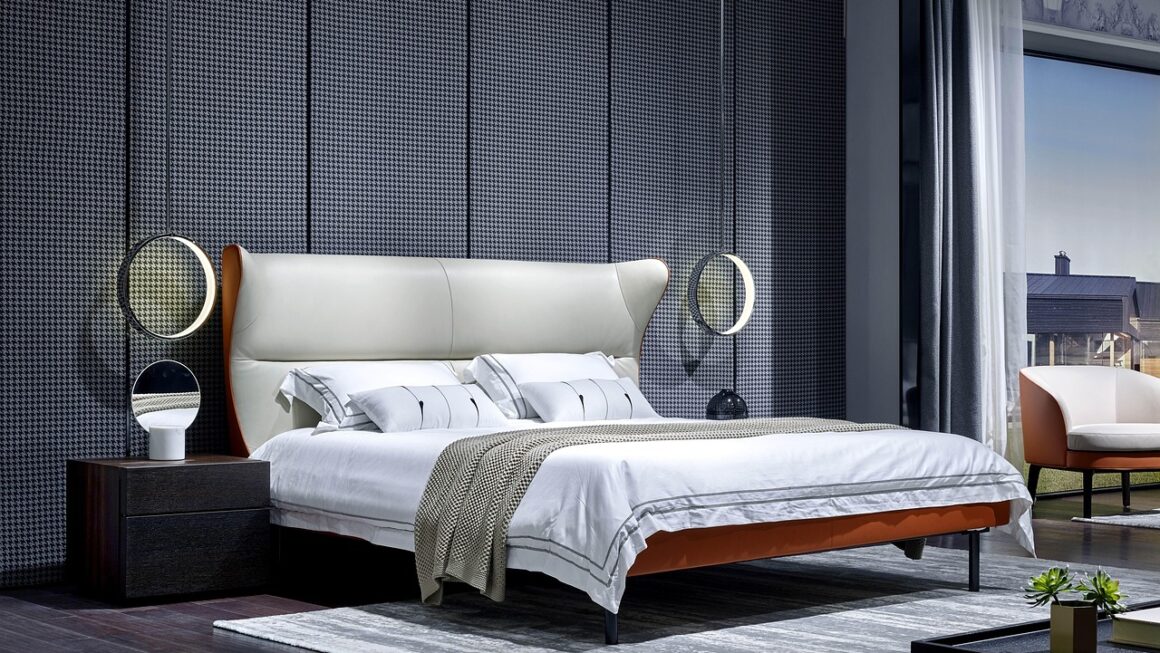Imagine returning home on a sweltering summer day to a perfectly cooled house, without having to lift a finger. Or saving money on your energy bill by only cooling rooms that are occupied. This is the promise of smart air conditioners, and they’re rapidly becoming a staple in modern homes. Let’s delve into the world of these intelligent appliances and explore how they can revolutionize your comfort and energy efficiency.
What is a Smart Air Conditioner?
Understanding the Basics
A smart air conditioner is essentially a traditional AC unit that has been enhanced with smart technology. This allows it to connect to your home’s Wi-Fi network and be controlled remotely, often through a smartphone app or voice assistant. It goes beyond simply turning the AC on or off; it offers features like scheduling, zone control, and energy monitoring.
Key Features of Smart ACs
- Remote Control: Control your AC from anywhere with an internet connection using your smartphone.
- Scheduling: Set schedules for your AC to turn on and off at specific times.
- Voice Control: Integrate with voice assistants like Alexa or Google Assistant for hands-free control.
- Energy Monitoring: Track your energy consumption and identify areas for savings.
- Smart Home Integration: Connect with other smart devices in your home for seamless automation.
- Geofencing: Automatically adjust the temperature based on your location.
For instance, you can set a schedule to cool your bedroom an hour before you typically go to sleep, ensuring a comfortable environment for rest. Or, if you’re stuck in traffic, you can remotely turn on your AC so that your home is cool when you arrive.
Benefits of Switching to a Smart AC
Energy Efficiency and Cost Savings
One of the biggest advantages of a smart AC is its potential for energy savings. By precisely controlling your cooling, you can avoid wasting energy on unoccupied rooms or during periods when cooling isn’t necessary.
- Reduce energy waste: Smart scheduling and geofencing prevent unnecessary cooling.
- Monitor energy consumption: Track your energy usage and identify areas for improvement.
- Optimize cooling: Set different temperatures for different times of the day based on your routine.
A study by the U.S. Department of Energy found that smart thermostats (which share similar energy-saving features with smart ACs) can save homeowners an average of 10-12% on heating costs and 15% on cooling costs. While specific numbers vary depending on usage and location, the potential for savings is significant.
Enhanced Comfort and Convenience
Smart ACs offer unparalleled convenience and comfort. You can easily adjust the temperature to your liking from anywhere, ensuring a comfortable environment at all times.
- Remote Temperature Adjustment: Adjust the temperature from your phone, whether you’re at work or on vacation.
- Personalized Comfort: Create custom schedules and settings tailored to your preferences.
- Seamless Integration: Integrate your AC with other smart home devices for a fully automated experience.
Imagine being able to cool down your home from your phone on your way home from work, or adjusting the temperature from your bed without having to get up. This level of convenience is a significant benefit of smart AC technology.
Improved Air Quality (In Some Models)
Some smart ACs come equipped with advanced air filtration systems that can improve the air quality in your home.
- HEPA filters: Remove dust, pollen, and other allergens from the air.
- Air quality monitoring: Provide real-time data on the air quality in your home.
- Automatic adjustments: Automatically adjust the fan speed based on air quality levels.
This can be particularly beneficial for individuals with allergies or respiratory issues.
Choosing the Right Smart AC
Types of Smart ACs
There are several types of smart ACs available, each with its own advantages and disadvantages:
- Window Units: These are the most common and affordable type of smart AC. They are easy to install and suitable for cooling individual rooms.
- Portable Units: Portable ACs are self-contained units that can be moved from room to room. They are a good option for renters or those who need to cool different areas of their home.
- Central AC Systems: Smart thermostats can be integrated with existing central AC systems to provide smart control. Some newer central AC systems also come with built-in smart features.
- Ductless Mini-Split Systems: These systems offer both heating and cooling and are a good option for homes without ductwork. Many ductless mini-split systems now come with smart features.
Factors to Consider
When choosing a smart AC, consider the following factors:
- Cooling Capacity (BTU): Choose an AC with the appropriate cooling capacity for the size of the room you need to cool.
- Energy Efficiency (EER/SEER): Look for an AC with a high energy efficiency rating to save money on your energy bills.
- Smart Features: Consider which smart features are most important to you, such as remote control, scheduling, voice control, and energy monitoring.
- Compatibility: Ensure that the AC is compatible with your existing smart home ecosystem, such as Alexa or Google Assistant.
- Price: Smart ACs can range in price from a few hundred dollars to several thousand dollars. Set a budget and choose an AC that meets your needs without breaking the bank.
- Noise Level: Consider the noise level of the AC, especially if you plan to use it in a bedroom or other quiet space.
Practical Examples
For a small bedroom (100-150 square feet), a window unit with a cooling capacity of 5,000-6,000 BTU should be sufficient. Look for a model with a high Energy Efficiency Ratio (EER) for better energy savings. For a larger living room (300-500 square feet), you might need a portable unit or a larger window unit with a cooling capacity of 10,000-12,000 BTU. If you have a central AC system, consider upgrading to a smart thermostat like the Nest Learning Thermostat or the Ecobee SmartThermostat. These thermostats can learn your habits and automatically adjust the temperature to save energy.
Setting Up and Using Your Smart AC
Installation Tips
Installing a smart AC is typically straightforward, especially for window and portable units.
- Read the instructions carefully: Follow the manufacturer’s instructions for proper installation.
- Ensure proper ventilation: Make sure the AC has adequate ventilation to operate efficiently.
- Secure the unit: Secure the unit properly to prevent it from falling or causing damage.
- Professional installation: Consider hiring a professional for more complex installations, such as central AC systems or ductless mini-split systems.
Connecting to Wi-Fi and Smart Home Systems
Connecting your smart AC to your Wi-Fi network and smart home systems is usually a simple process.
- Download the app: Download the manufacturer’s app on your smartphone.
- Follow the prompts: Follow the in-app instructions to connect the AC to your Wi-Fi network.
- Integrate with voice assistants: Link your AC to your voice assistants, such as Alexa or Google Assistant, to enable voice control.
Tips for Optimal Use
To maximize the benefits of your smart AC, consider these tips:
- Set schedules: Create schedules that align with your daily routine to avoid unnecessary cooling.
- Use geofencing: Enable geofencing to automatically adjust the temperature when you leave or return home.
- Monitor energy usage: Regularly monitor your energy usage to identify areas for savings.
- Clean the filters: Clean the air filters regularly to maintain optimal performance and air quality.
- Experiment with settings: Don’t be afraid to experiment with different settings to find what works best for you.
Conclusion
Smart air conditioners are more than just a convenience; they are an investment in comfort, energy efficiency, and a smarter home. By understanding the features, benefits, and considerations involved in choosing and using a smart AC, you can transform your living space into a cool, comfortable, and energy-efficient haven. Embrace the power of smart technology and experience the future of home cooling today!




